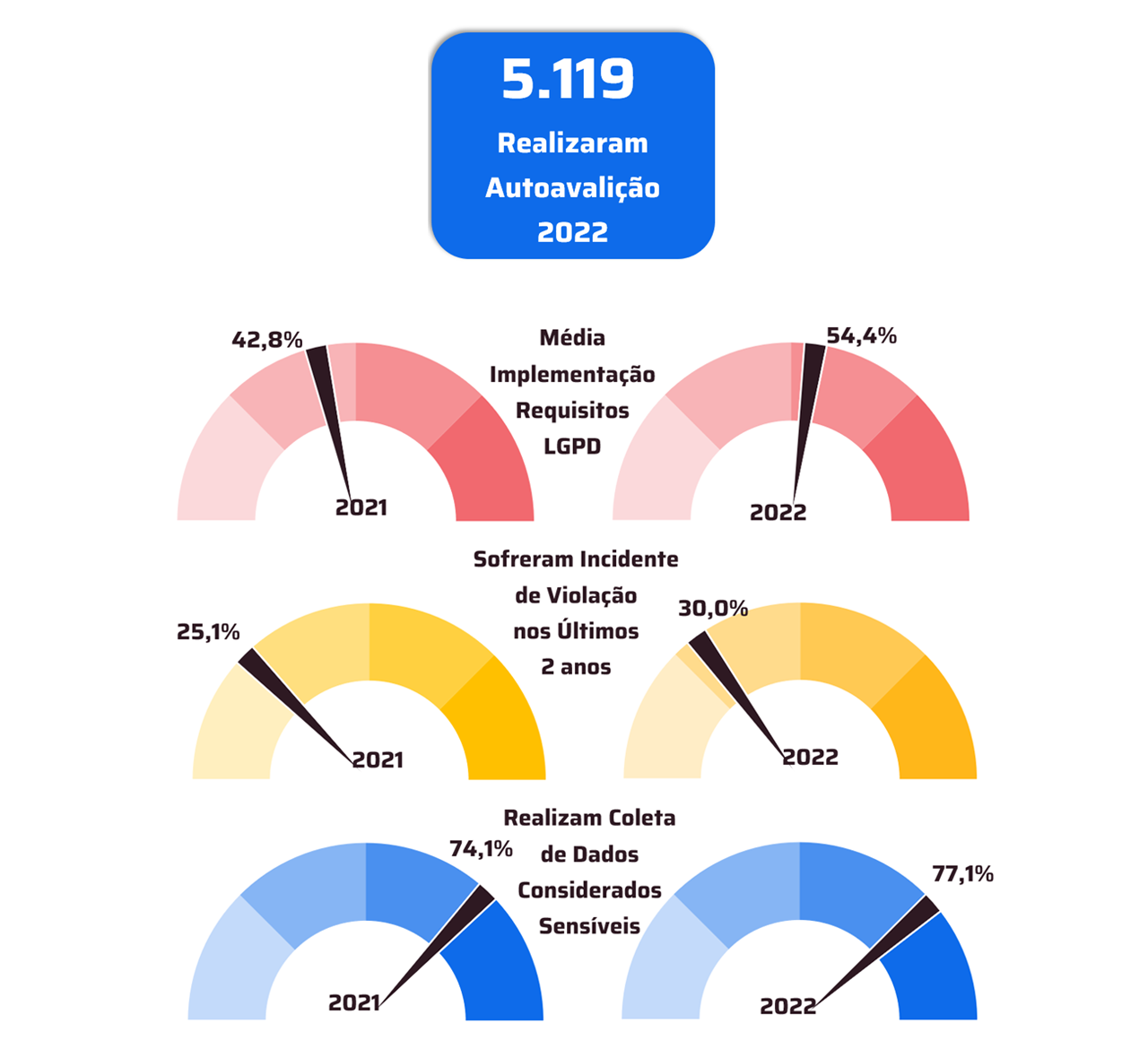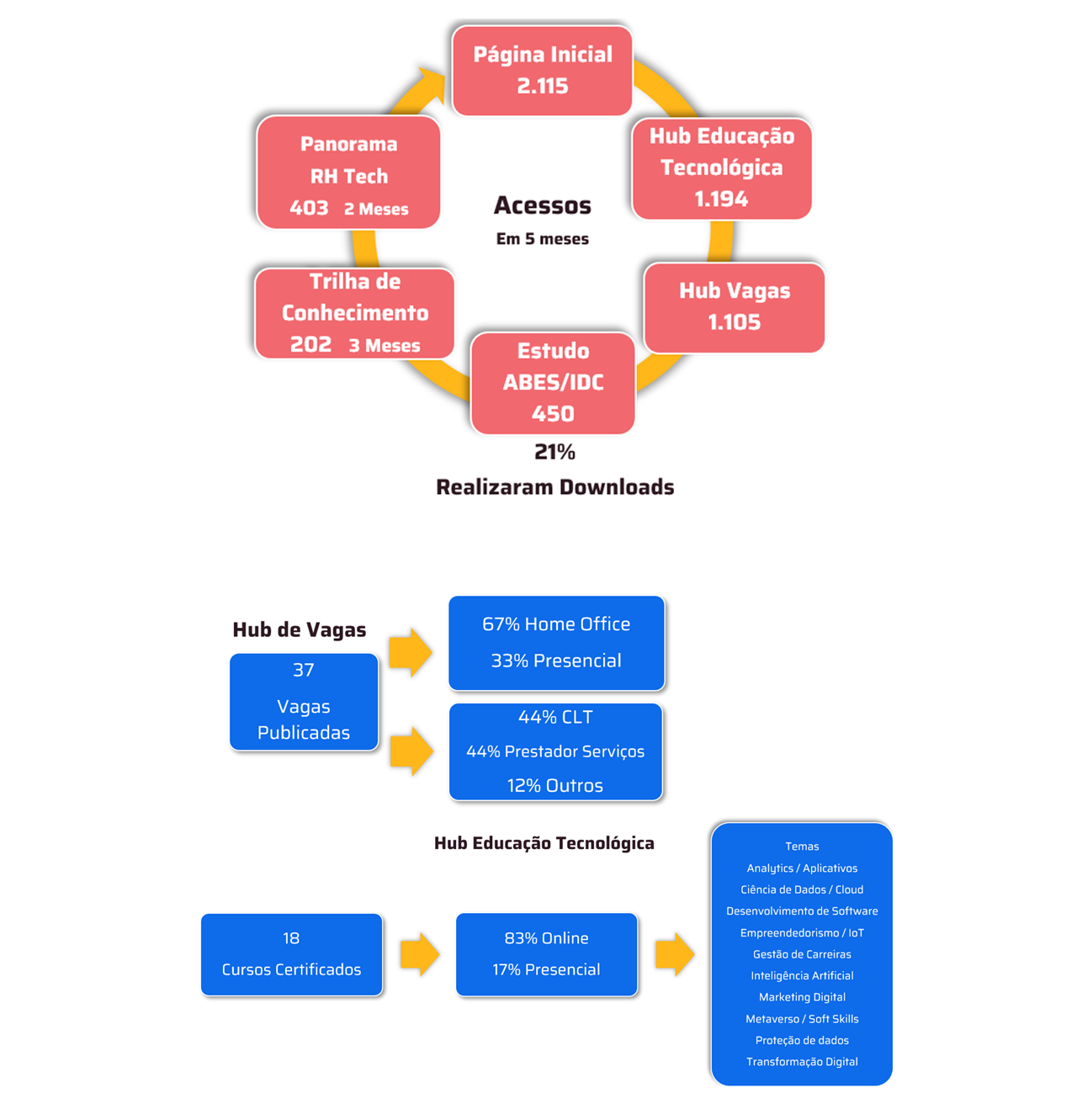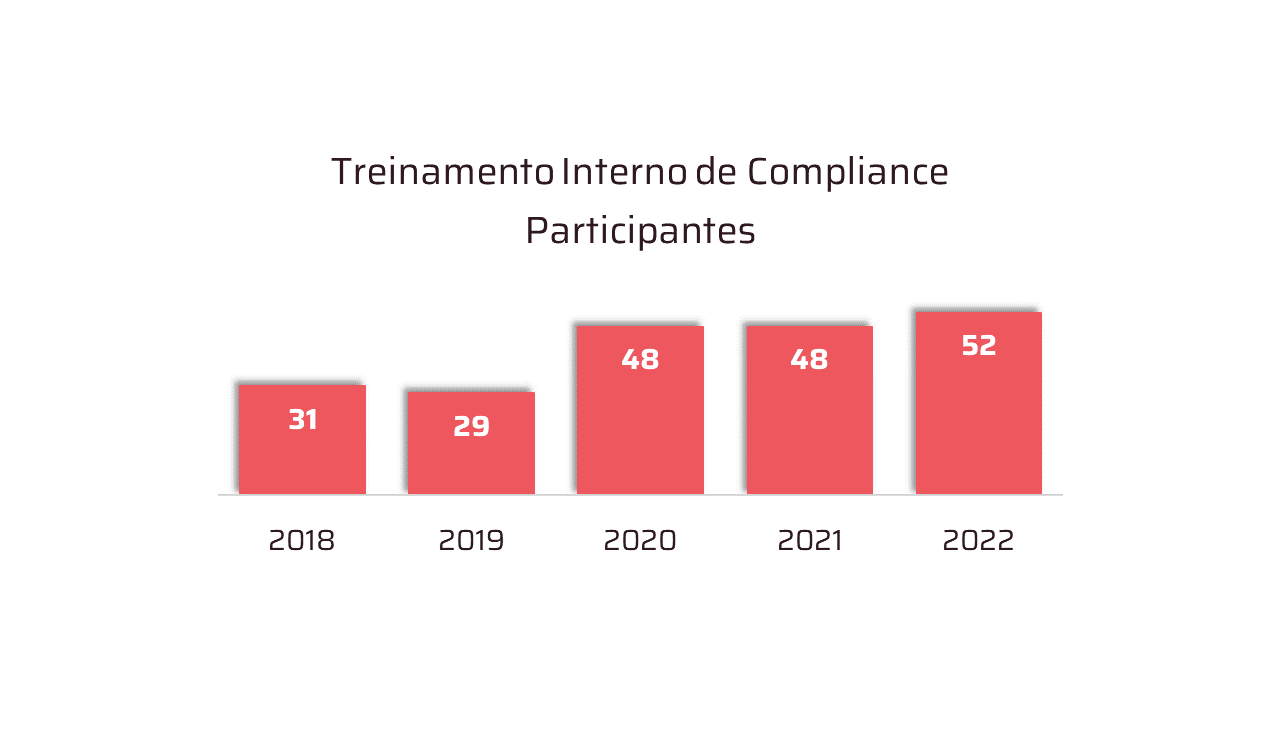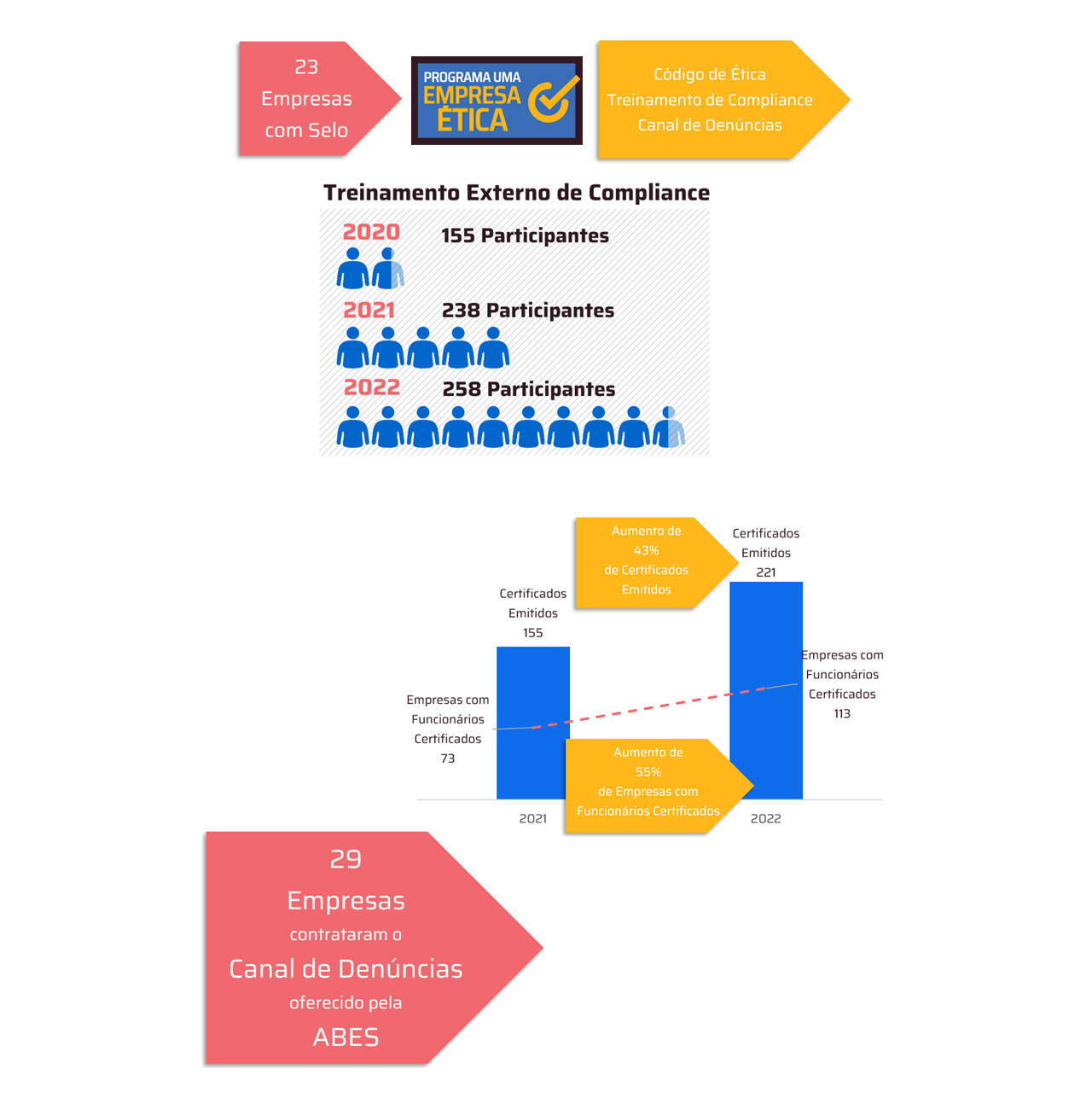Global spending on public Cloud services expected to reach US$ 679 billion in 2024
O Gartner, a world leader in research and advice for companies, predicts that by 2028 the Cloud computing it will no longer be a disruptive technology but will become a necessary component for maintaining business competitiveness.
The expenses with public cloud services continue to increase without restrictions. By 2024, total end-user spending on public cloud services worldwide is expected to reach US$ 679 billion and Gartner is projected to exceed US$ 1 trillion by 2027.

Milind Govekar, Vice President and Distinguished Analyst at Gartner
“Businesses are actively investing in cloud technology because of its potential to drive innovation, create market disruption and increase customer retention to gain competitive advantage,” he says. Milind Govekar, Vice President and Distinguished Analyst at Gartner. “While many companies have begun to leverage the technical advantages of the Cloud, only a few have fully unlocked its potential for business transformation. As a result, companies are using the Cloud to launch a new wave of cloud-driven disruption. Artificial intelligence (AI) to unlock business value at scale.”
The Role of the Cloud in 2023: Most companies currently consider the Cloud as a technological platform. This year, they are using Cloud Computing as a disruptive technology or as a capability enabler. Gartner predicts that more than 50% companies will utilize industry-specific cloud platforms by 2028 to accelerate their business initiatives. By 2028, most companies will leverage Cloud as a business necessity.
The Future of Cloud Computing until 2028
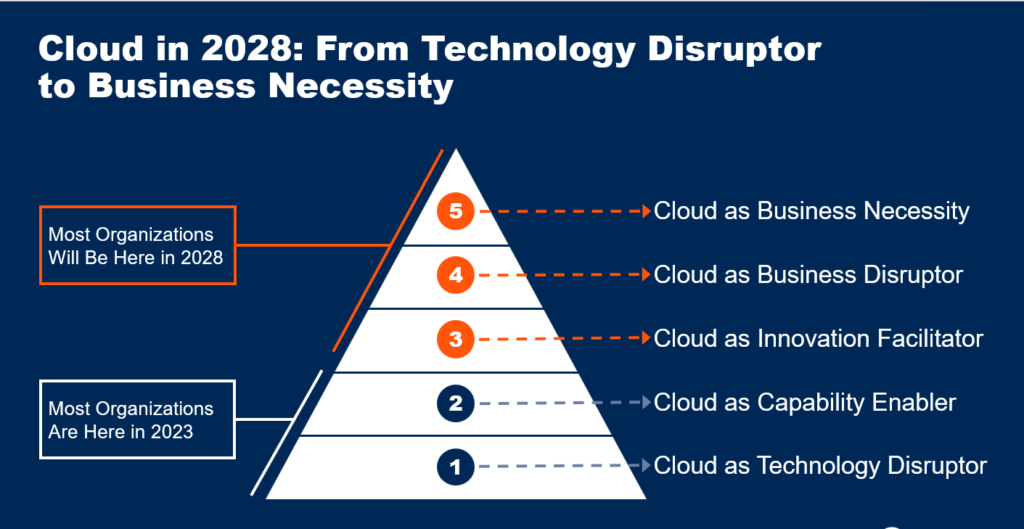
Companies that use Cloud environments as a disruptive technology are exploring their transformative potential to revolutionize non-Cloud-based and Data Center-centric computing styles. “As companies navigate transformation journeys digital, moving to the Cloud becomes a strategic decision”, says Govekar.
Companies that embrace Cloud technology as a capability enabler are using its potential to enable new capabilities such as elasticity, continuous integration/continuous development in the Cloud (CI/CD), functions serverless, APIs and processes infused with Artificial Intelligence that were difficult to achieve before the advent of the Cloud. To explore these new capabilities, companies must carefully evaluate factors such as investing in skills development, breaking down operational silos, and promoting collaboration between teams to adopt automation on an ongoing basis.
Cloud as a Business Necessity in 2028: In the coming years, Cloud Computing will continue to evolve, moving from an enabler of innovation to becoming disruptive to business and, ultimately, a business necessity. With Cloud Computing as an innovation enabler, companies can widely deploy platform business concepts using underlying technology to provide interconnections, scale, aggregation and analytics capabilities, enabling technology use as a fundamental component of a business model.
“By leveraging the Cloud vendor ecosystem, companies can introduce innovative products and services, such as fraud prevention solutions for used cars from tire manufacturers, or rapid vaccine development through Cloud-based machine learning by pharmaceutical companies. ,” says Govekar.
By 2028, most companies will transform into digital entities capable of sensing and responding to business and market conditions. “With Cloud Computing becoming an integral part of business operations by 2028, CIOs (Chief Information
Gartner customers can learn more in the survey “Cloud Computing in 2028: From Technology to Business Necessity" and "Forecast: Public Cloud Services, Worldwide, 2021-2027, 3Q23 Update🇧🇷





